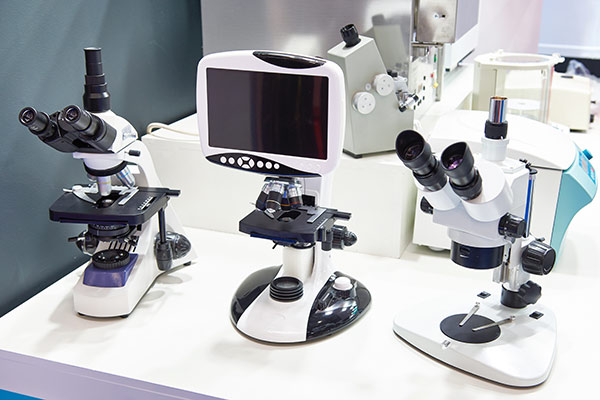Instead, to observe the details of those animals too small to be noticed by the naked eye? Here comes into play the microscope! Have you ever used one? Do you know how it works?
The microscope is an instrument that allows us to observe, enlarging them, the details that would otherwise be invisible to the naked eye. It consists of an optical part (a lens system and a light source) and a mechanical part. The lens closest to our eye is called eyepiece, the one closest to the object to be observed, is called objective. To have a clear and not faded or blurred image, the microscope too is equipped with a focusing system, which allows you to find the point of maximum resolution. How much is magnified the object you are observing? It depends on the value indicated on the eyepiece and the one reported on the objective. For example, if the first is 10x and the second is 40x, we will have a magnification of 400x, because the two numbers must be multiplied among them.
There are obviously several models of microscopes, depending on the function to which they must perform. You’ve collected some aquatic insects from the pond of your wild garden, both larval and adult, and you want to take a closer look at them? Well, you need a stereomicroscope, equipped with two eyepieces and two lenses, which can zoom 100 times the insect you collected, allowing a three-dimensional view.
Today there are also digital microscopes, equipped with a camera instead of the eyepiece, which transmit the magnified image directly on a monitor, such as that of the computer; in this way, you will not observe your insect magnified in the microscope, but directly on the PC.
Even the smallest residents of the wild garden will have no more secrets for you!
